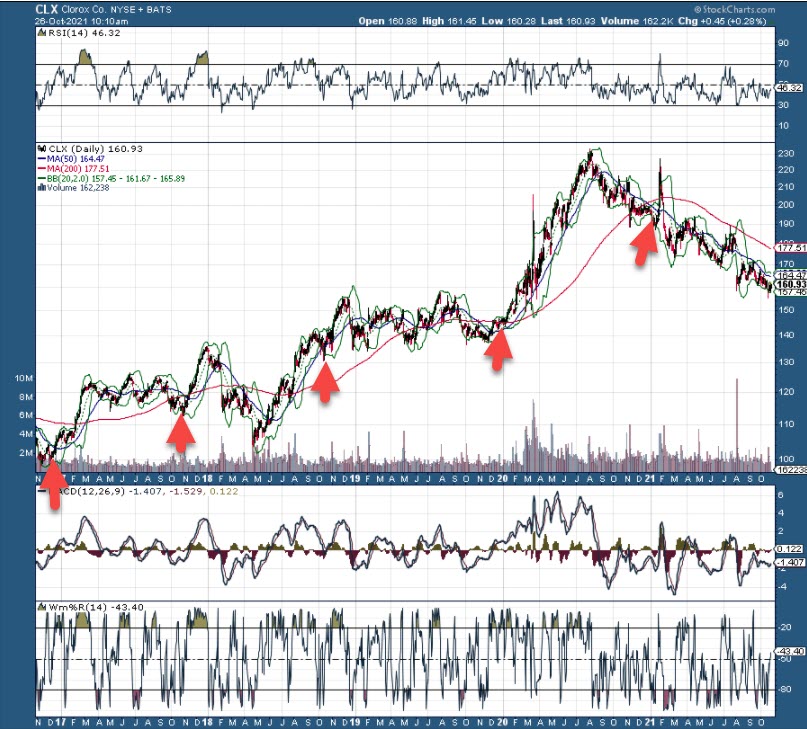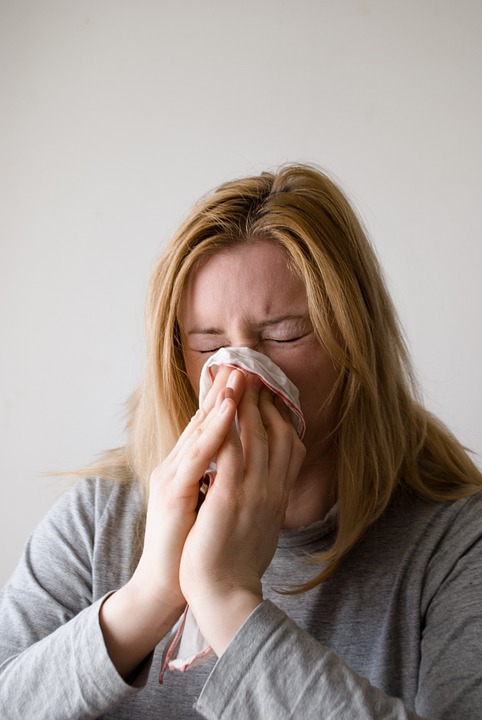As anyone with a respiratory system will tell you, flu season isn’t fun. Now, we get to add Covid-19 and its variants to the mix.
But as any investor holding pharmacy and flu-related, coughing-sniffling remedy stocks will tell you it’s one of the best times of the year.
Each year the U.S. Food and Drug Administration (FDA) consults recommendations from the World Health Organization, trying to get the right composition for its flu vaccines. The FDA experts pick the flu strains they expect to be the most dominant that year, and make recommendations to the vaccine manufacturers.
Then they wait, and hope they’re right.
An All-In-One Guide for Every Futures Trader
From basic futures trading background to complex strategies using options, Bollinger bands, Fibonacci sequences, and much more, this guide has something for every type of futures trader. Learn the basics or enhance your futures trading strategy with RJO Futures!
Download Your Complimentary Technical Analysis Guide TODAY!
The flu virus constantly evolves, forcing scientists to change the composition of the flu vaccine each year. Typically, “scientists have to guess which influenza strains will be circulating when they make the vaccine, and sometimes the vaccine is off the mark,” says CBS Boston.
As we near flu season, a set of stocks has a tendency to rise.
For example, in the latter part of 2017, doctors were warning that the 2017 flu season could be one of the worst. In fact, they say the strain that caused severe illnesses in Australia was expected to cause problems in North America, too.
Another study said the flu vaccine might not be very effective.
In fact, according to a study in the New England Journal of Medicine (NEJM), “the preliminary estimate of vaccine effectiveness against Influenza A was only 10%.”
Ten percent effectiveness is pretty bad when you consider how bad the flu can be
“Seasonal influenza epidemics cause 3 million to 5 million severe cases and 300,000 to 500,000 deaths globally each year, according to the World Health Organization (WHO). The United States alone sees 140,000 to 710,000 influenza-related hospitalizations and 12,000 to 56,000 deaths each year, with the highest burden of disease affecting the very young, the very old, and people with coexisting medical conditions,” notes the NEJM.
What’s interesting is that a set of stocks predictably moves with flu season most years.
Look at Clorox (CLX) for example, which makes products that will kill germs.


· Between November and December, the stock typically runs up.
· In 2020, a weak year, the stock ran from $193 to $204
· In 2019, the stock ran from $145 to $154
· In 2018, the stock ran from $144 to $168
· In 2017, the stock ran from $124 to $150
While many traders don’t pay much attention to seasonal trends, smart traders do.
